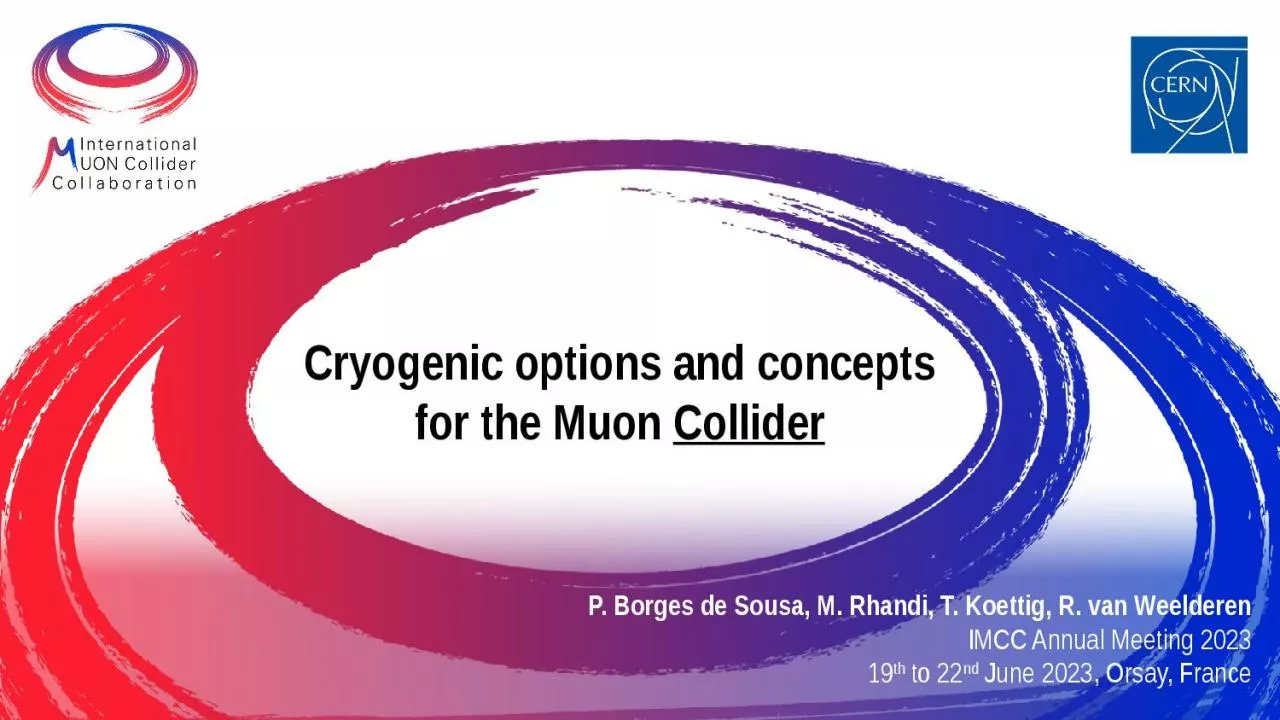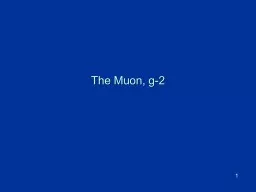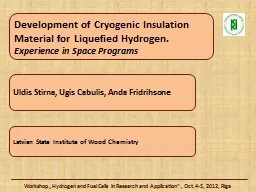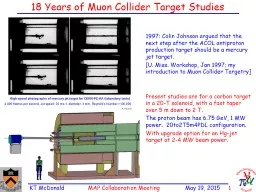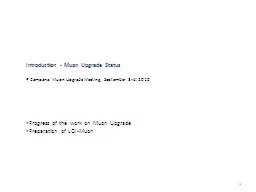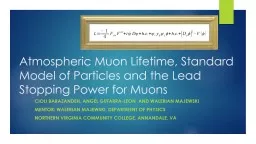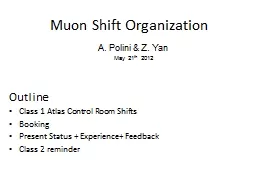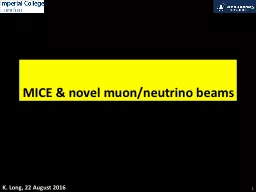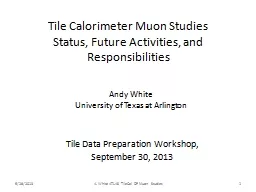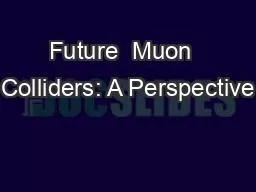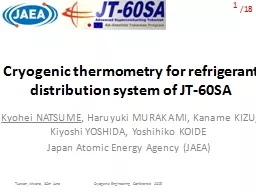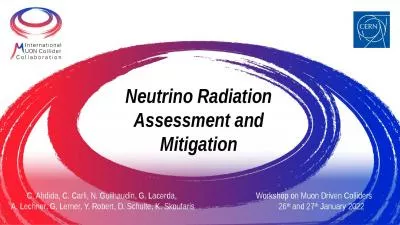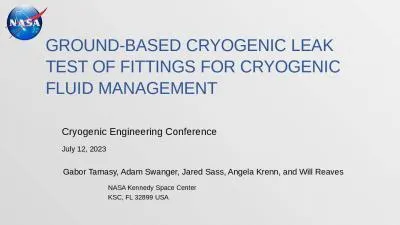PPT-Cryogenic options and concepts for the Muon
Author : ximena | Published Date : 2024-03-15
Collider P Borges de Sousa M Rhandi T Koettig R van Weelderen IMCC Annual Meeting 2023 19 th to 22 nd June 2023 Orsay France 2 Foreword The study presented here
Presentation Embed Code
Download Presentation
Download Presentation The PPT/PDF document "Cryogenic options and concepts for the M..." is the property of its rightful owner. Permission is granted to download and print the materials on this website for personal, non-commercial use only, and to display it on your personal computer provided you do not modify the materials and that you retain all copyright notices contained in the materials. By downloading content from our website, you accept the terms of this agreement.
Cryogenic options and concepts for the Muon: Transcript
Download Rules Of Document
"Cryogenic options and concepts for the Muon"The content belongs to its owner. You may download and print it for personal use, without modification, and keep all copyright notices. By downloading, you agree to these terms.
Related Documents

